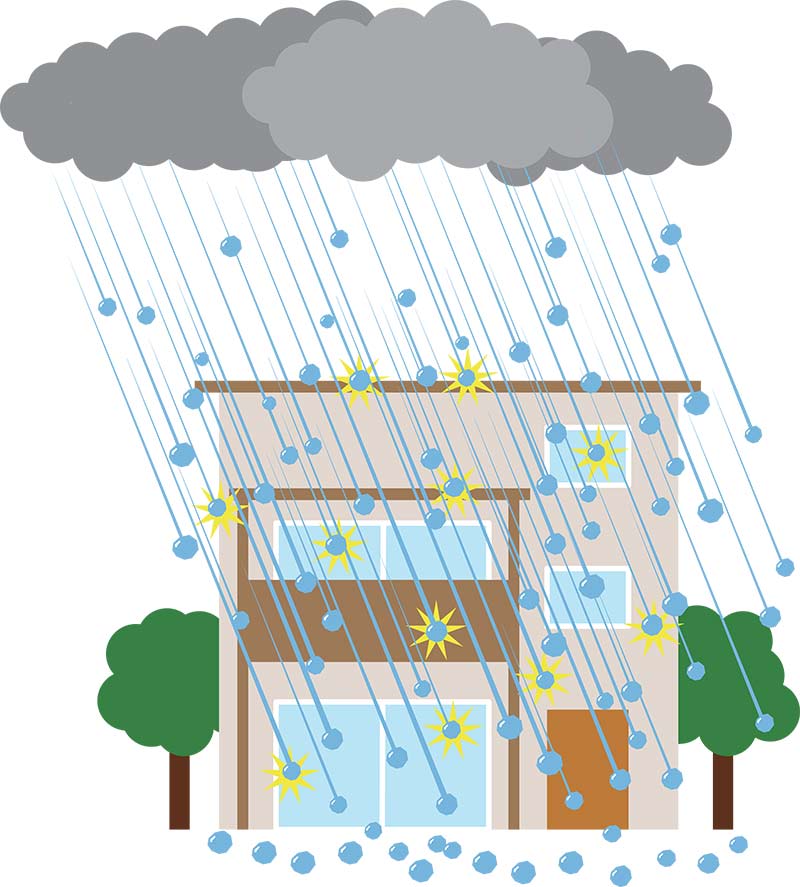“When hail descends, safety ascends.”
Shielding Against Hail Hazards
Hail occurs during thunderstorms when updrafts carry raindrops upward into extremely cold areas of the atmosphere, where they freeze into ice pellets. These frozen pellets then fall to the ground, varying in size from small pea-sized hail to larger stones. Hailstorms can cause damage to property, vehicles, and pose risks to individuals, especially those outdoors.
Emergency Preparedness Tips for Hail:
- Stay Indoors:
- Advise older adults to stay indoors during a hailstorm. Seek shelter in a sturdy building to avoid getting hit by hailstones.
- Close Windows and Doors:
- Close all windows and doors to prevent hailstones from entering the living space and causing damage.
- Park Vehicles Securely:
- If they have a car, advise them to park it in a covered area like a garage to prevent damage from hailstones.
- Avoid Glass Areas:
- Stay away from windows, glass doors, or skylights, as hail can shatter these surfaces and cause injury.
- Protective Covering:
- If caught outside during a hailstorm, cover the head with hands, a blanket, or any protective covering to reduce the risk of head injury.
- Emergency Supplies:
- Ensure they have an emergency kit with essentials like a flashlight, a battery-operated radio, non-perishable food, water, medications, and a first-aid kit.
- Check for Damage:
- After the hailstorm, check the surroundings for damage, such as broken windows or roof damage, and address any safety concerns promptly.
- Seek Medical Attention if Injured:
- If anyone is injured during a hailstorm, seek medical attention immediately.
- Stay Informed:
- Stay updated with weather forecasts to anticipate and prepare for possible hailstorms.

